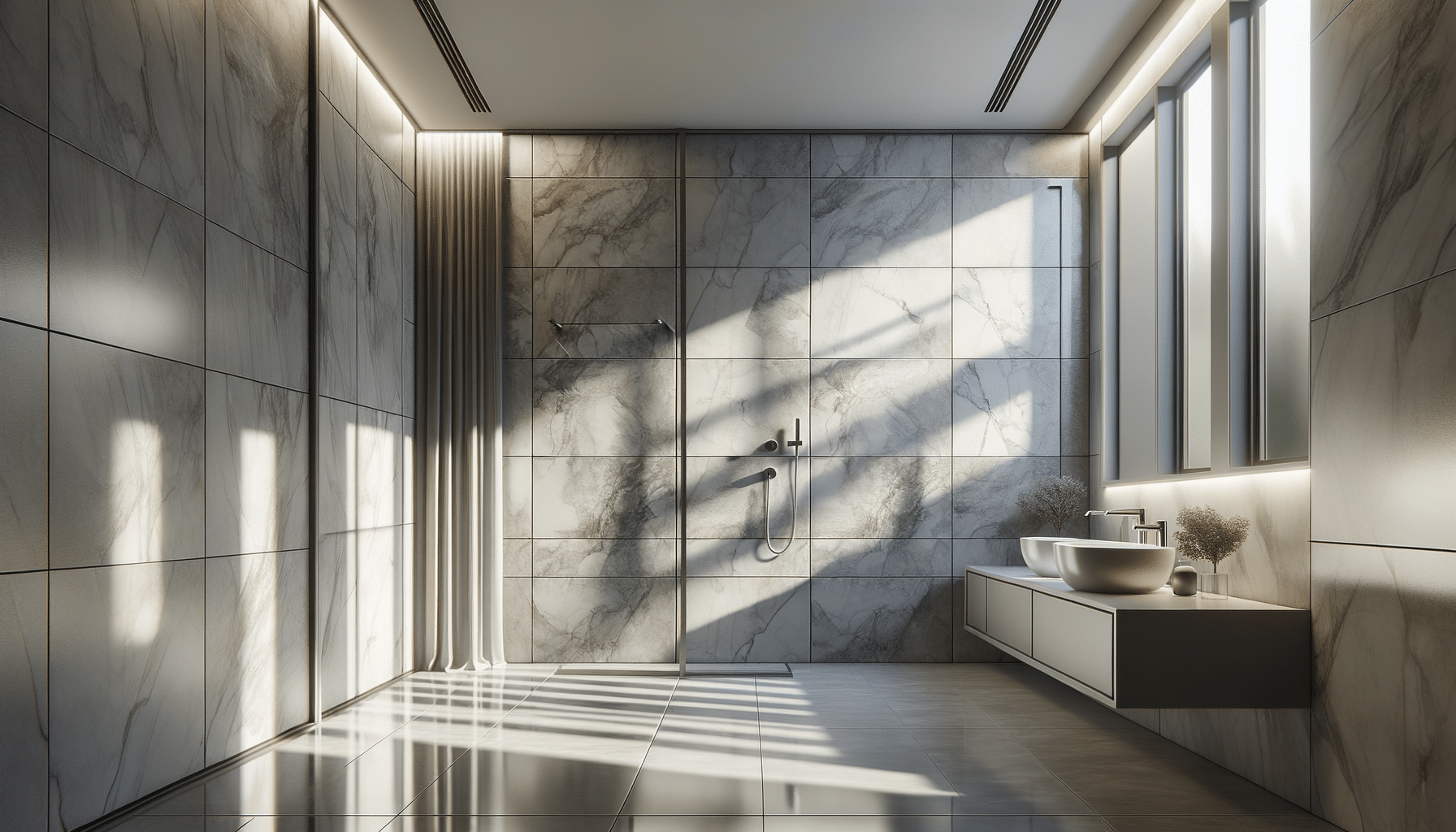
Discover Stylish Bathroom Wall Panels for Any Space
Introduction to Bathroom Wall Panels
Bathroom wall panels have become a popular choice for homeowners looking to enhance their bathroom aesthetics while ensuring functionality. These panels offer a seamless blend of style, durability, and easy maintenance, making them a practical alternative to traditional tiling. With an array of designs and materials available, bathroom wall panels can transform any space, providing both a modern look and practical benefits.
Unlike tiles, wall panels are generally easier to install and maintain. They are designed to be waterproof and resistant to mold and mildew, which are common issues in humid bathroom environments. This makes them an ideal choice for those seeking a long-lasting solution that doesn’t compromise on style. The versatility of bathroom wall panels allows them to fit into various design themes, from contemporary to classic, ensuring that there’s something for every taste and space.
Materials and Designs: A Wide Range of Choices
One of the key attractions of bathroom wall panels is the variety of materials and designs available. Common materials include PVC, acrylic, and laminate, each offering distinct advantages. PVC panels are lightweight and easy to handle, making them suitable for DIY projects. Acrylic panels, on the other hand, offer a glossy finish that mimics the look of glass, adding a touch of luxury to any bathroom. Laminate panels are known for their durability and are available in a range of textures and patterns, including wood and stone effects.
Design-wise, the options are virtually limitless. From sleek, plain panels that offer a minimalist look to those with intricate patterns or 3D textures, there’s something to suit every style preference. Homeowners can opt for panels that mimic natural materials like marble or wood, or choose bold colors and designs for a more striking effect. The flexibility in design ensures that bathroom wall panels can complement any existing decor or serve as the focal point of a newly designed space.
Installation and Maintenance: Ease and Convenience
Installing bathroom wall panels is generally more straightforward than traditional tiling. Most panels are designed with a tongue-and-groove system, allowing them to fit together seamlessly without the need for grout. This not only speeds up the installation process but also reduces maintenance, as there’s no grout to clean or re-seal over time.
The maintenance of wall panels is equally simple. Their smooth surfaces are easy to wipe clean, and because they are non-porous, they do not harbor bacteria or mold. This makes them an excellent choice for families or anyone looking to maintain a hygienic bathroom environment. Additionally, many panels are designed to withstand the test of time, resisting scratches and stains, ensuring that they continue to look great for years to come.
Cost Considerations: Budget-Friendly Options
When renovating a bathroom, cost is often a major consideration. Fortunately, bathroom wall panels offer a range of options to suit different budgets. While the initial investment might seem comparable to tiling, the long-term savings on maintenance and durability can make panels a more economical choice.
For those on a tighter budget, PVC panels offer an affordable yet stylish solution. They are among the most cost-effective options and provide good resistance to moisture and wear. Acrylic and laminate panels, while slightly more expensive, offer enhanced aesthetics and durability, making them a worthwhile investment for those seeking a high-end finish.
Overall, the cost-effectiveness of bathroom wall panels, combined with their ease of installation and maintenance, makes them a smart choice for budget-conscious homeowners looking to update their bathroom without compromising on quality or style.
Environmental Impact: Sustainable Choices
As environmental awareness grows, many homeowners are seeking sustainable options for their home renovations. Bathroom wall panels can be a more eco-friendly choice compared to traditional tiling. Many manufacturers now offer panels made from recycled materials, and the production process for panels typically has a lower carbon footprint than that of ceramic tiles.
Additionally, the durability and longevity of wall panels mean they need to be replaced less frequently, reducing waste. Some panels are also designed to be recyclable at the end of their lifespan, further minimizing their environmental impact. Choosing wall panels from responsible manufacturers who prioritize sustainability can help homeowners reduce their environmental footprint while still achieving a stylish and functional bathroom.
In conclusion, bathroom wall panels offer a versatile and practical solution for any bathroom space. With a wide range of materials, designs, and price points, they cater to various tastes and budgets while providing benefits in terms of installation, maintenance, and environmental impact.


